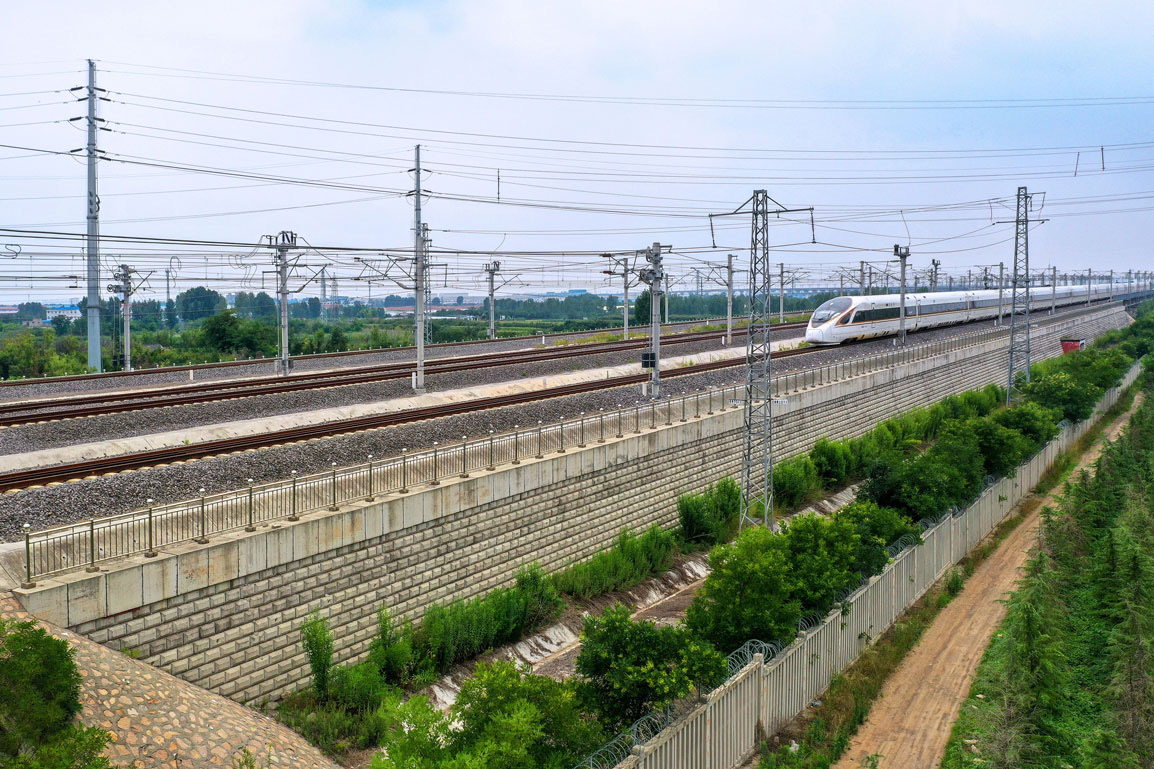The reinforced function of Geogrid is mainly through the reinforced material which is layered and paved at the junction of filling and digging, in order to reduce the change of longitudinal slope rate of road table, the settlement of roadbed top is uniform and the length of non-uniform settlement deformation is increased by the structure of gradual transition of supporting stiffness in the longitudinal form.

The reinforced function of Geogrid in the roadbed section of transverse excavation is to strengthen the stability of filling soil, and to further strengthen the face filling in situ is one aspect of settlement control under the premise of preventing landslide.
The uneven settlement will also cause the constraint of highway soil, and avoid the local subsidence and slide of the filling soil in the limited depth of the roadbed. To reduce the tensile stress and shear stress of the top surface and pavement structure of the roadbed, so as to avoid the crack or slippage of the top and pavement structure of the roadbed, and the second is that when the soil is filled with a larger width or the original ground of the filling part is flat, The effect is similar to that of the longitudinal (route direction) excavation of the junction section.
In addition, in the selection of Geogrid, in addition to its performance indicators should be in conjunction with the above table rules, special attention should be paid to ensure that its width is not less than 1.5m, in order to be satisfied with the cross sectional area when it is used as the control reflective crack layer to fully dissipation the crack energy; together, its mesh scale should be the 0.5~1 of the maximum diameter of the asphalt surface. 1 times times, this will help to reach the best shear adhesive viscosity, pushing the aggregate lock and constraints.